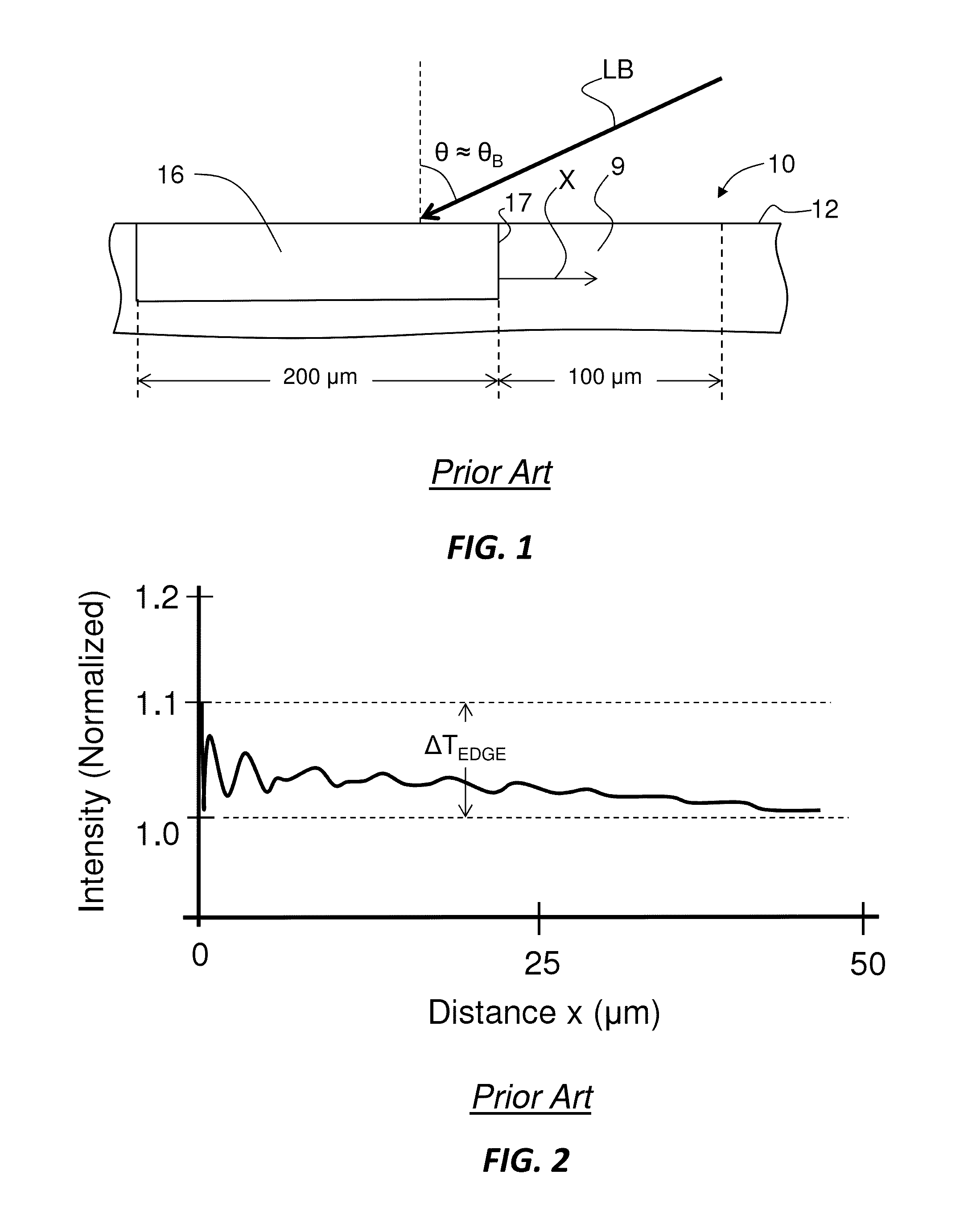Two-beam laser annealing with improved temperature performance
a laser annealing and temperature performance technology, applied in semiconductor/solid-state device testing/measurement, semiconductor/solid-state device details, manufacturing tools, etc., can solve the problem of temperature overshoot, edge damage near features, and potential large within-chip temperature non-uniformities, etc. problem, to achieve the effect of improving the temperature uniformity of the wafer surfa
- Summary
- Abstract
- Description
- Claims
- Application Information
AI Technical Summary
Benefits of technology
Problems solved by technology
Method used
Image
Examples
Embodiment Construction
[0030]Reference is now made in detail to various embodiments of the disclosure, examples of which are illustrated in the accompanying drawings. Whenever possible, the same or like reference numbers and symbols are used throughout the drawings to refer to the same or like parts. The drawings are not necessarily to scale, and one skilled in the art will recognize where the drawings have been simplified to illustrate the key aspects of the disclosure. In some of the Figures, Cartesian coordinates are provided for the sake of reference and are not intended as providing limitations on specific directions and orientations of the systems and methods described herein. The claims as set forth below are incorporated into and constitute part of this detailed description.
[0031]In the discussion below, the term “semiconductor substrate” and “wafer” are synonymous and used interchangeably. Likewise, the terms “semiconductor wafer surface” and “wafer surface” are synonymous and used interchangeabl...
PUM
| Property | Measurement | Unit |
|---|---|---|
| surface temperature | aaaaa | aaaaa |
| surface temperature | aaaaa | aaaaa |
| temperature | aaaaa | aaaaa |
Abstract
Description
Claims
Application Information
 Login to View More
Login to View More - R&D
- Intellectual Property
- Life Sciences
- Materials
- Tech Scout
- Unparalleled Data Quality
- Higher Quality Content
- 60% Fewer Hallucinations
Browse by: Latest US Patents, China's latest patents, Technical Efficacy Thesaurus, Application Domain, Technology Topic, Popular Technical Reports.
© 2025 PatSnap. All rights reserved.Legal|Privacy policy|Modern Slavery Act Transparency Statement|Sitemap|About US| Contact US: help@patsnap.com



